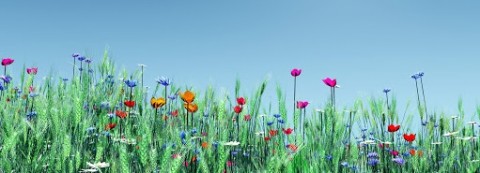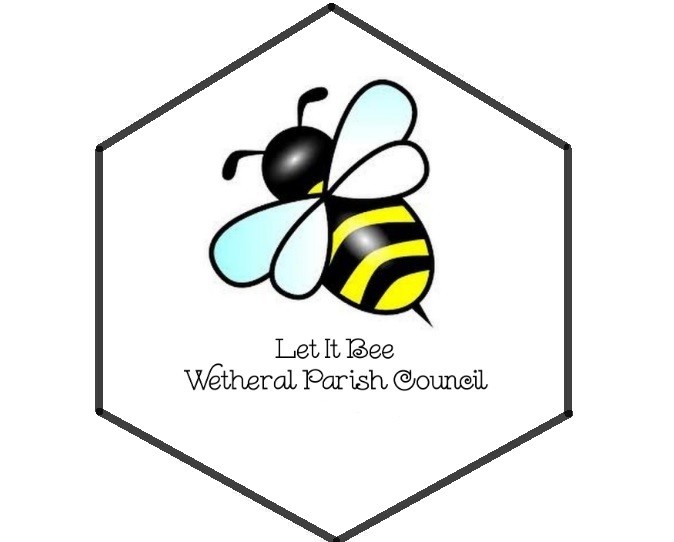It may not feel like it, but the first day of spring is just a couple of weeks away!
Wetheral Parish Council will be running its 'Let It Bee' campaign again this year, to help increase biodiversity and support bee and insect populations throughout the parish. All of us can take steps to make our gardens and outdoor spaces wildlife-friendly. Even small changes can make a huge difference!
One important way we can help wildlife is to create habitats for different species, and this is possible even in the smallest of gardens.
- Lawns provide important habitats for insects, and consequently act as feeding grounds for numerous birds species. If you can leave a small section un-cut, or at least cut it less frequently, this will be especially beneficial.
- Trees and hedges are used by nesting birds. They also offer essential shelter from predation and harsh weather.
- Garden borders, with their diverse array of plants and shrubs, are sources of food like seeds, nectar and berries for birds, insects and small mammals.
- If you have a pond or water feature you may be lucky enough to see a great variety of aquatic or semi-aquatic species. This can include invertebrates and amphibians, and of course water sources also attract birds and mammals that come to drink.
- Compost heaps and woodpiles can be vibrant habitats for wildlife. Worms and fungi feed on the rotting material. Predatory insects and birds are attracted by the small insects and slugs. You may also find that creatures like newts use these areas as shelters in the day time.

